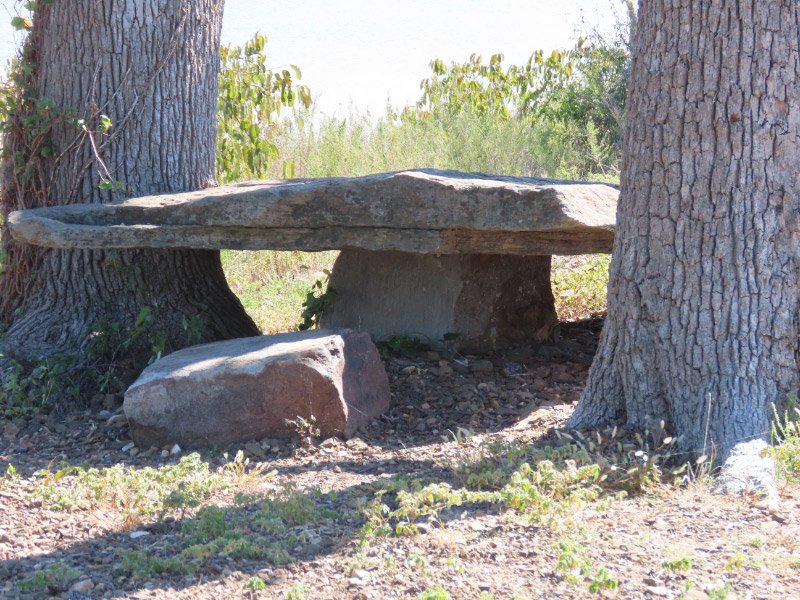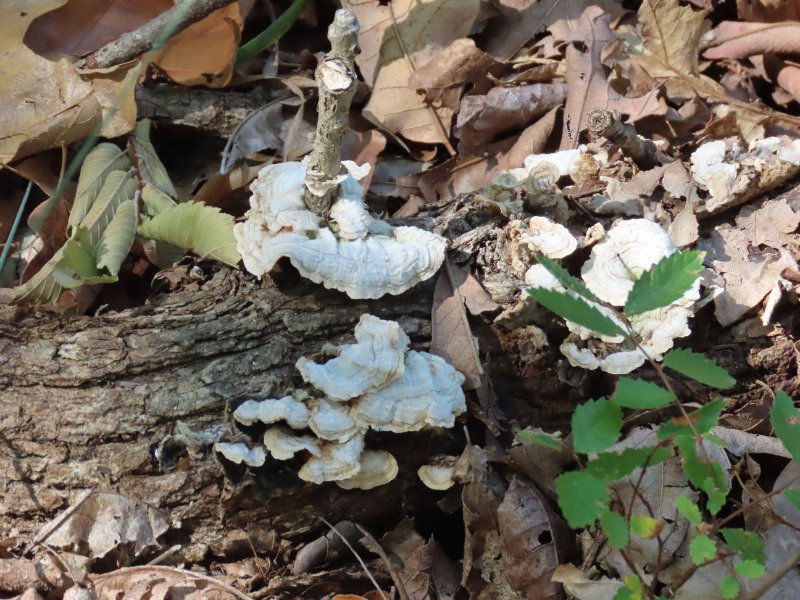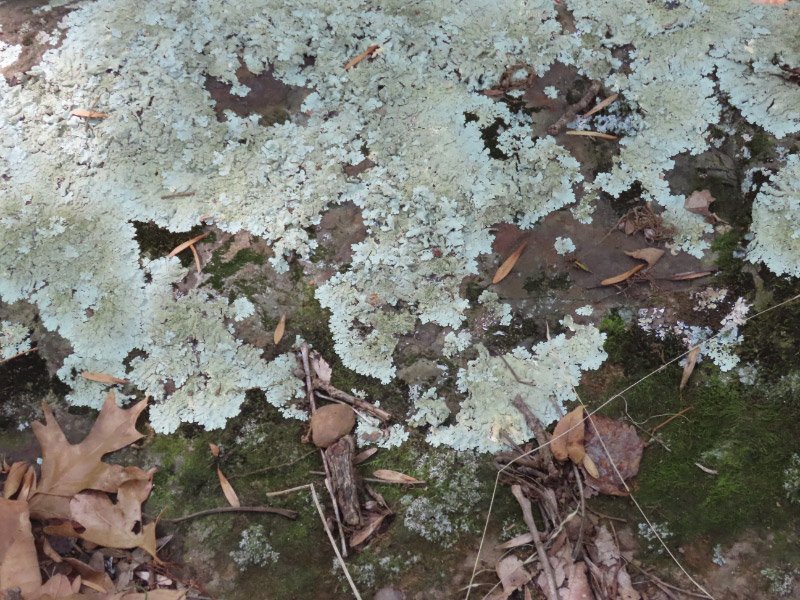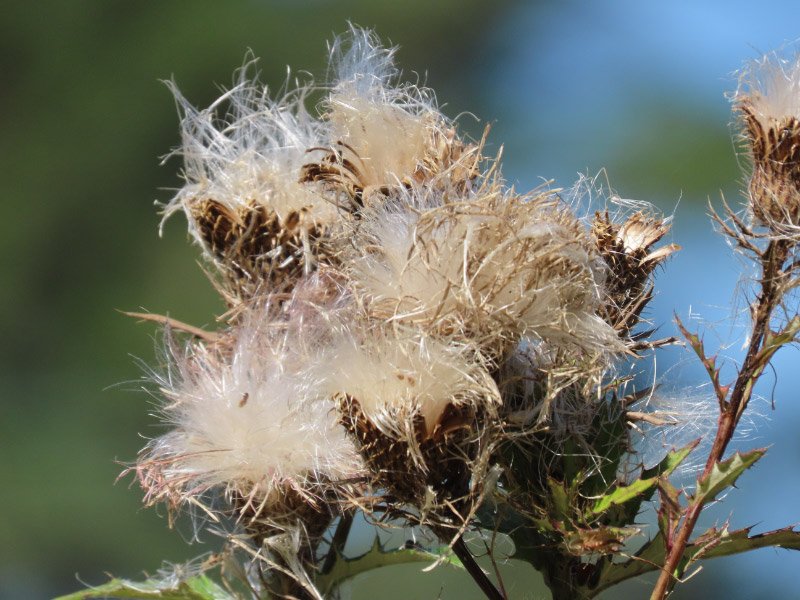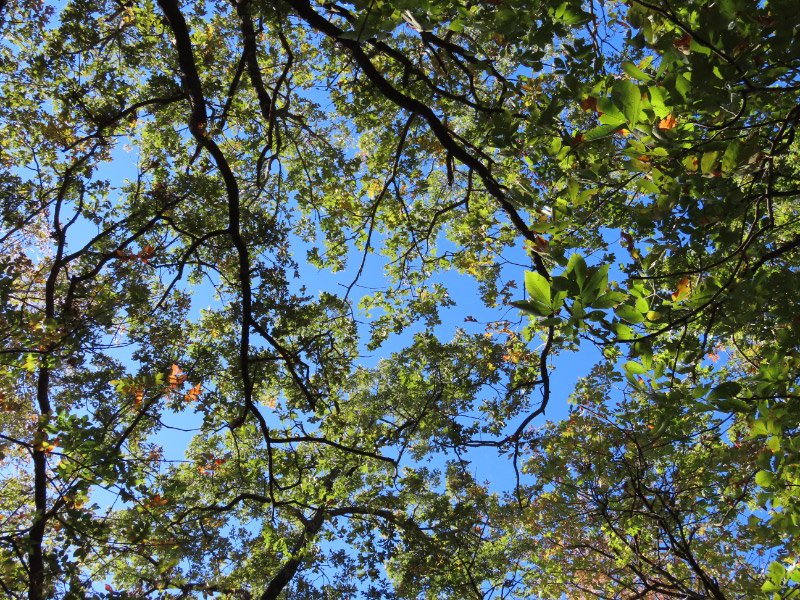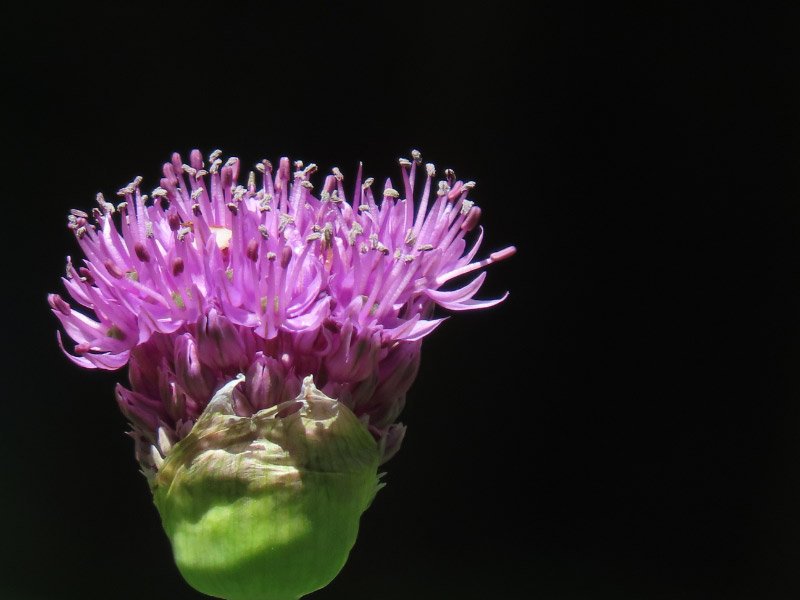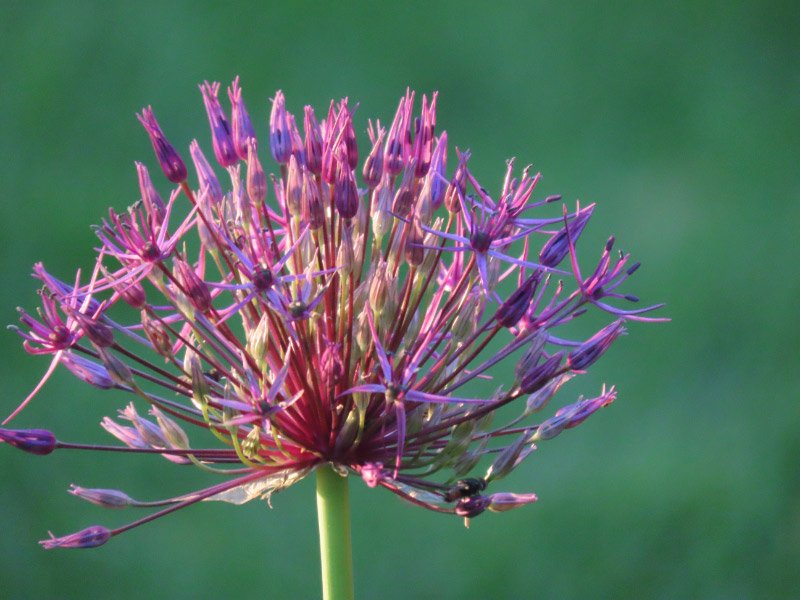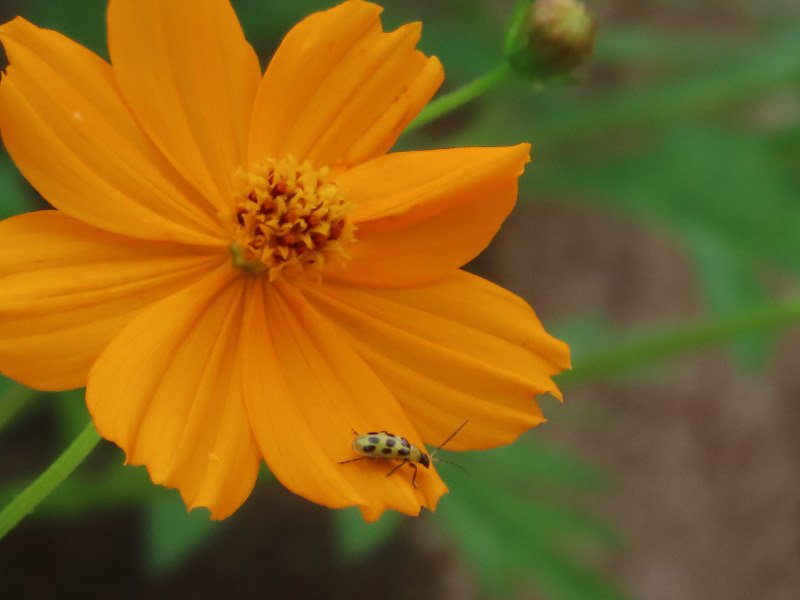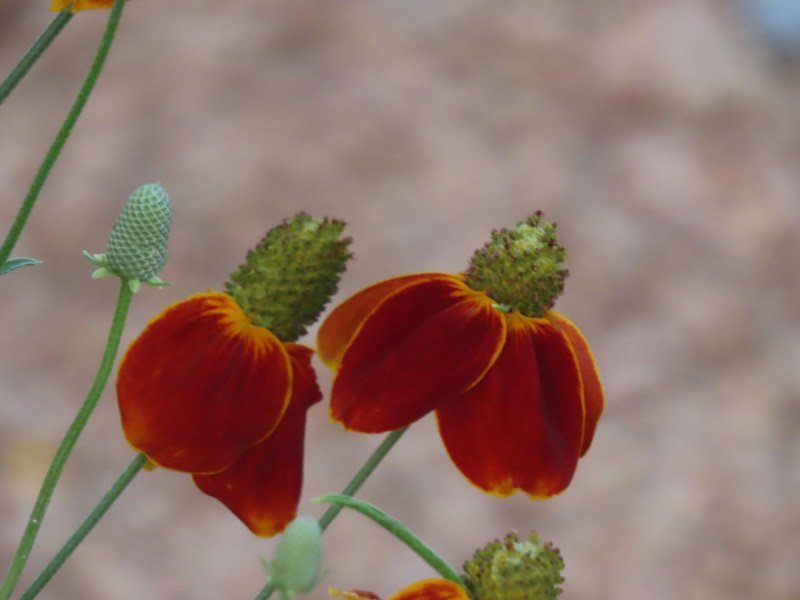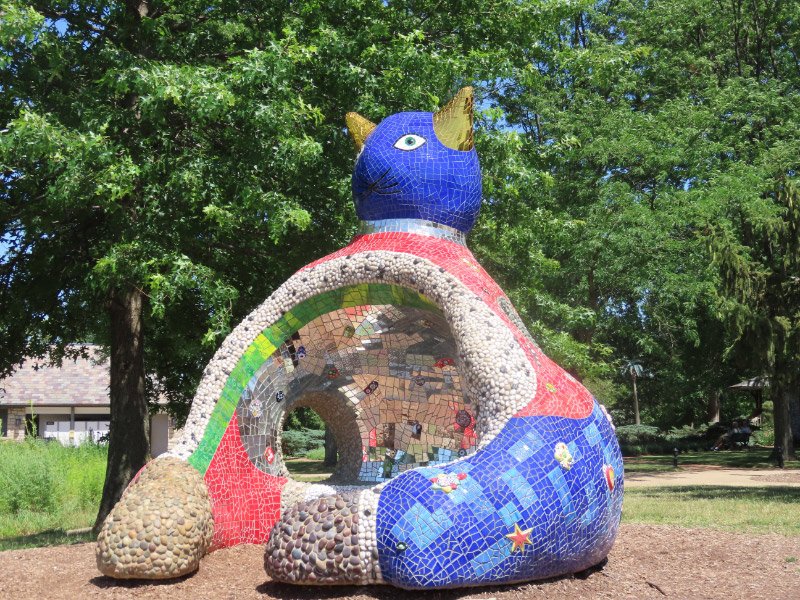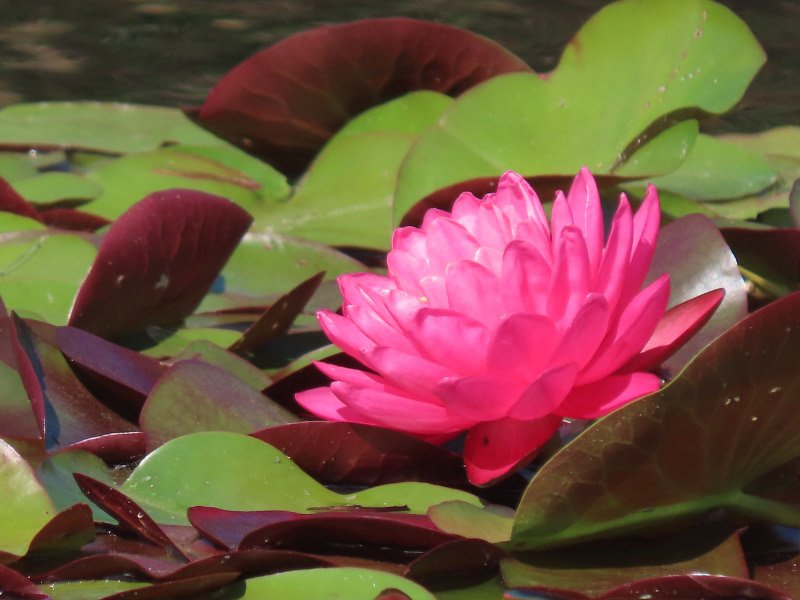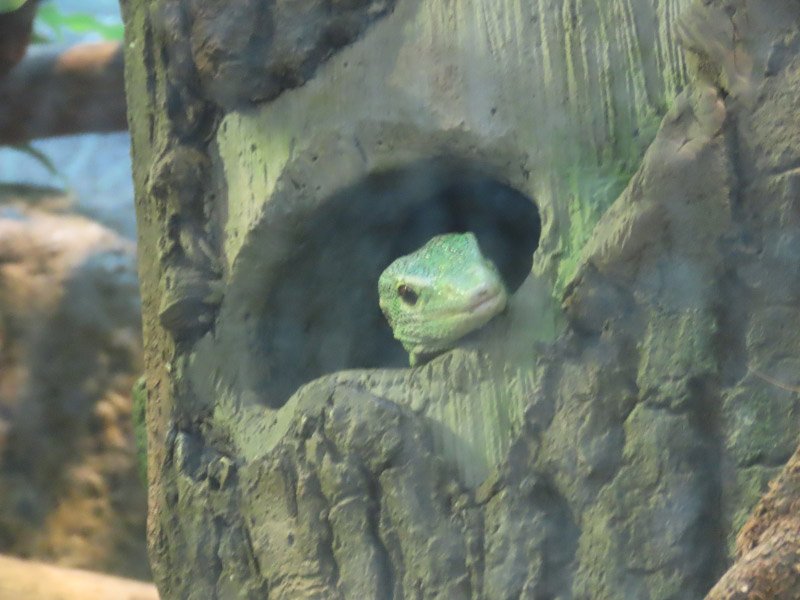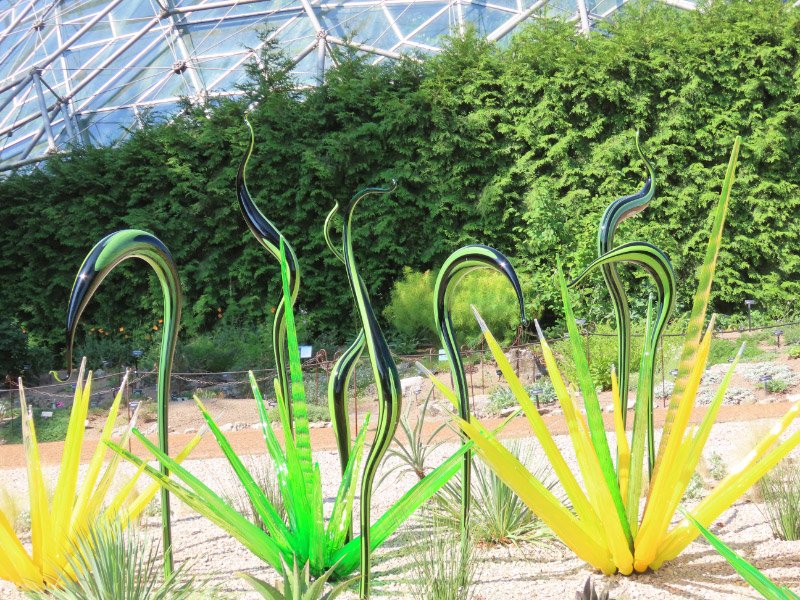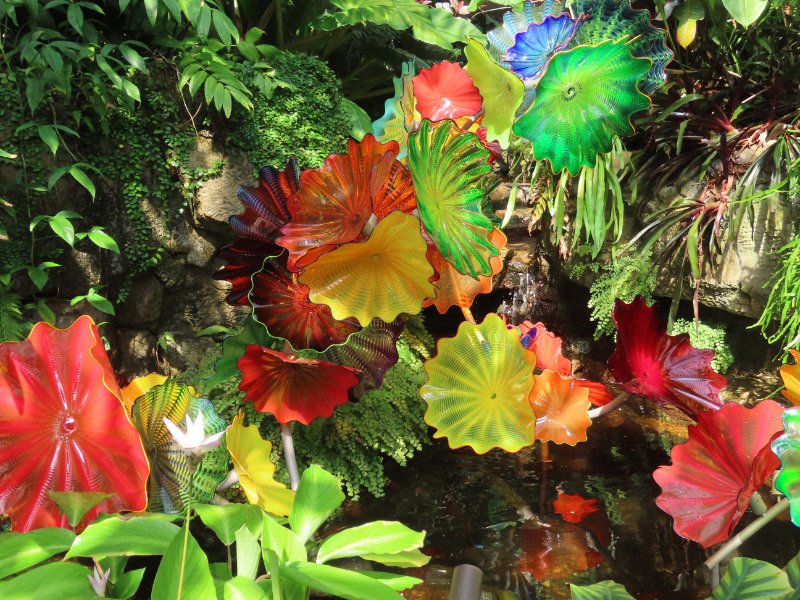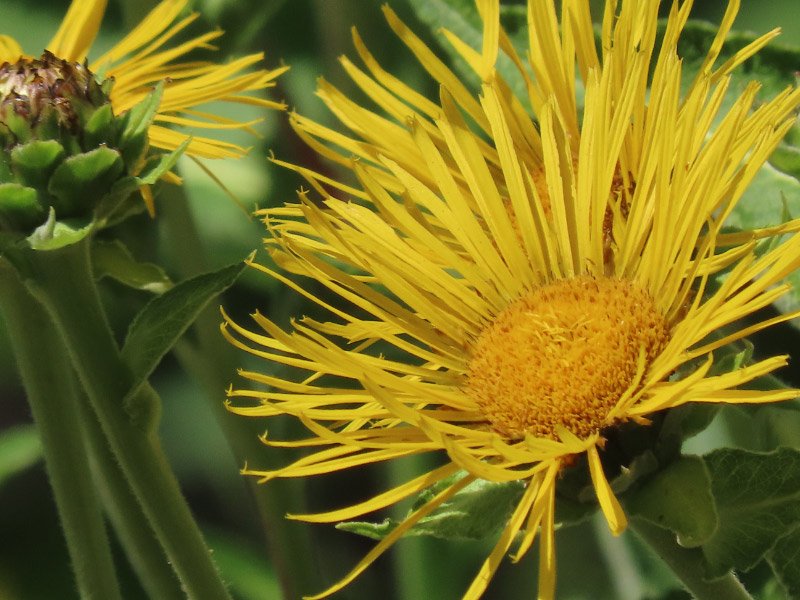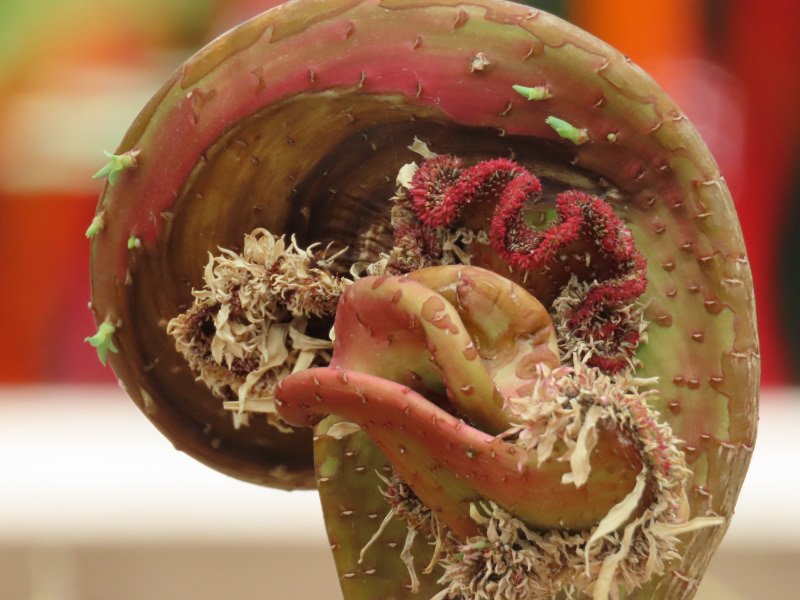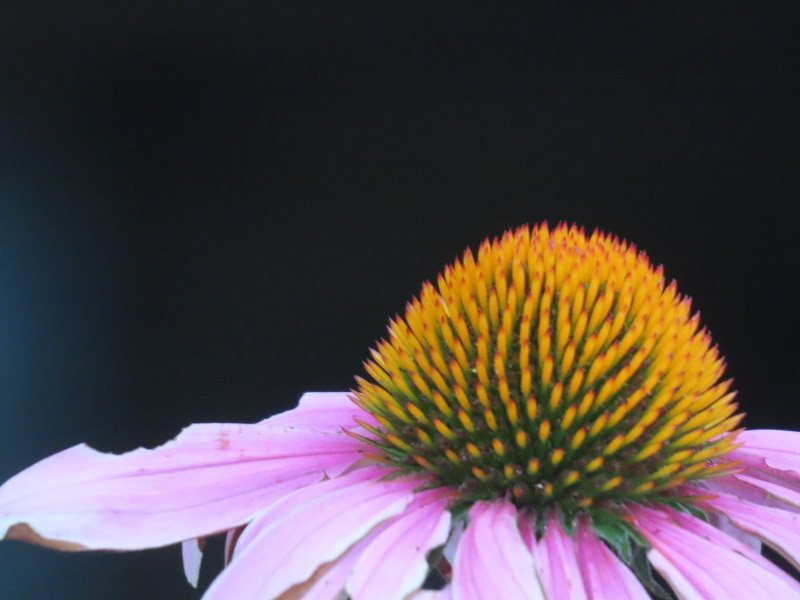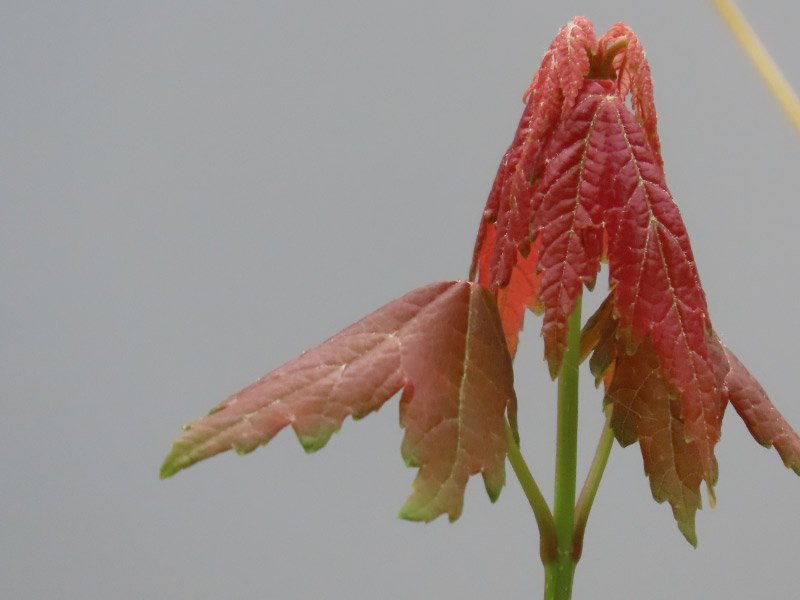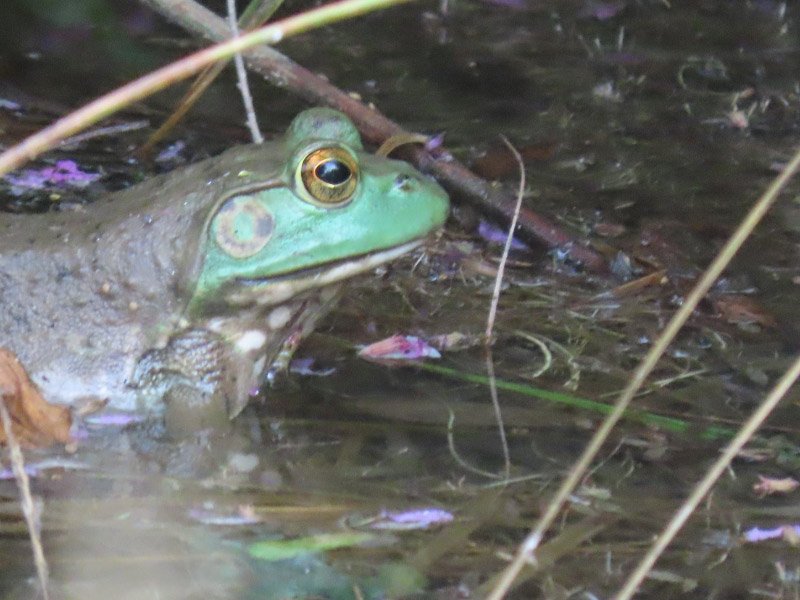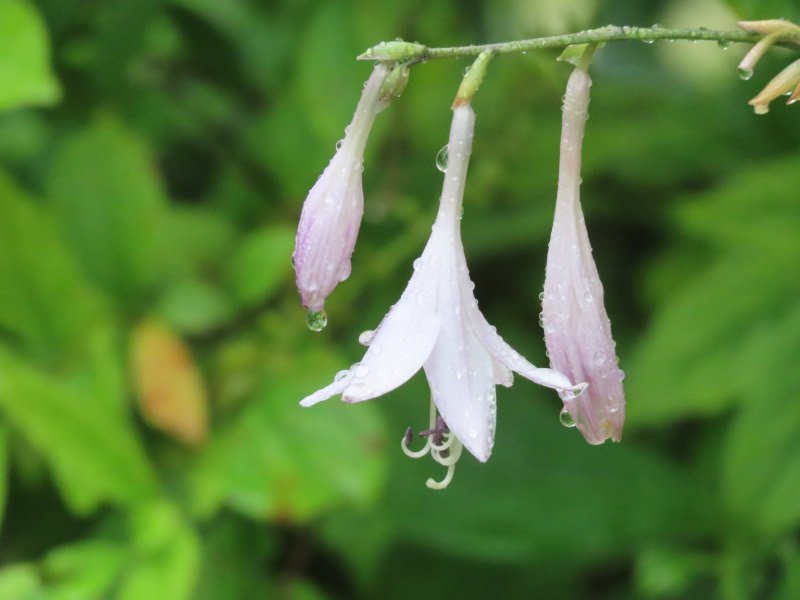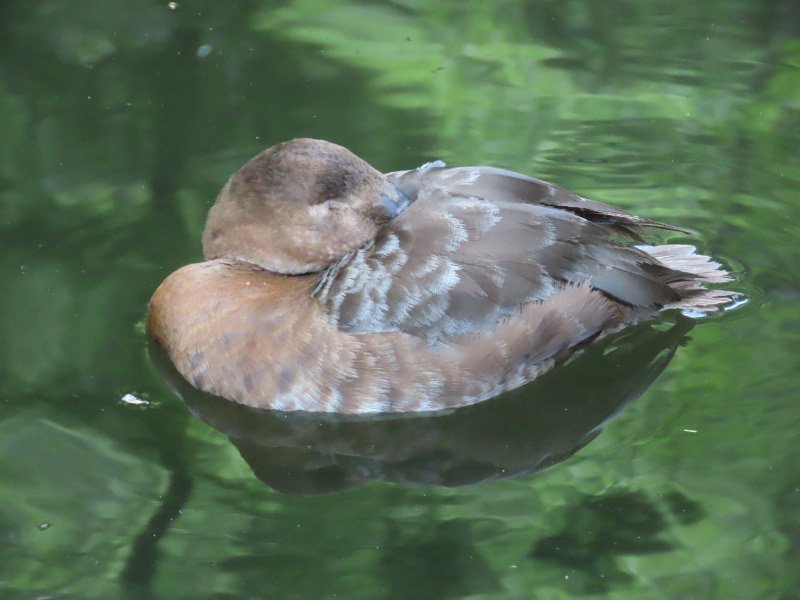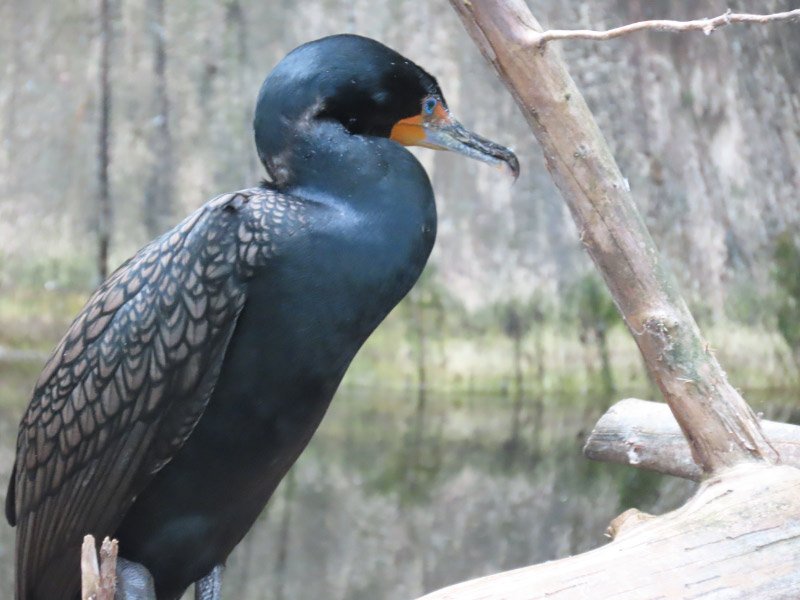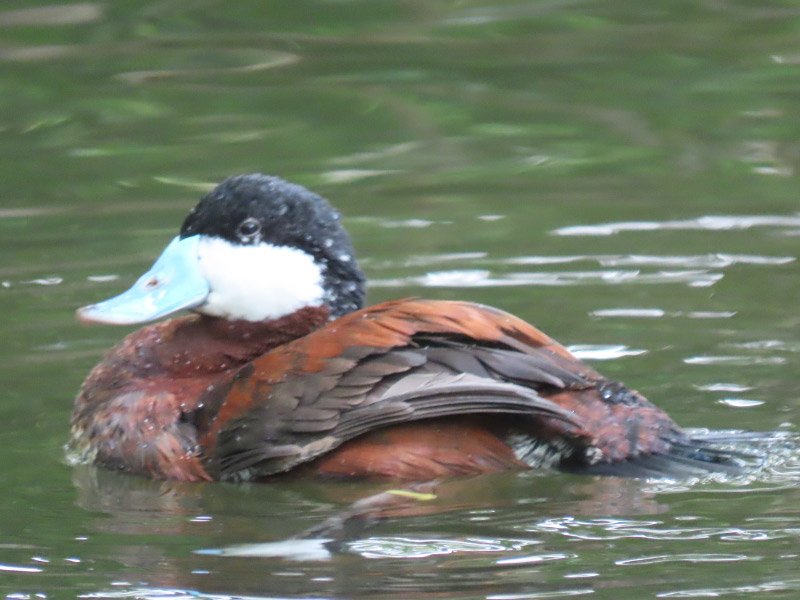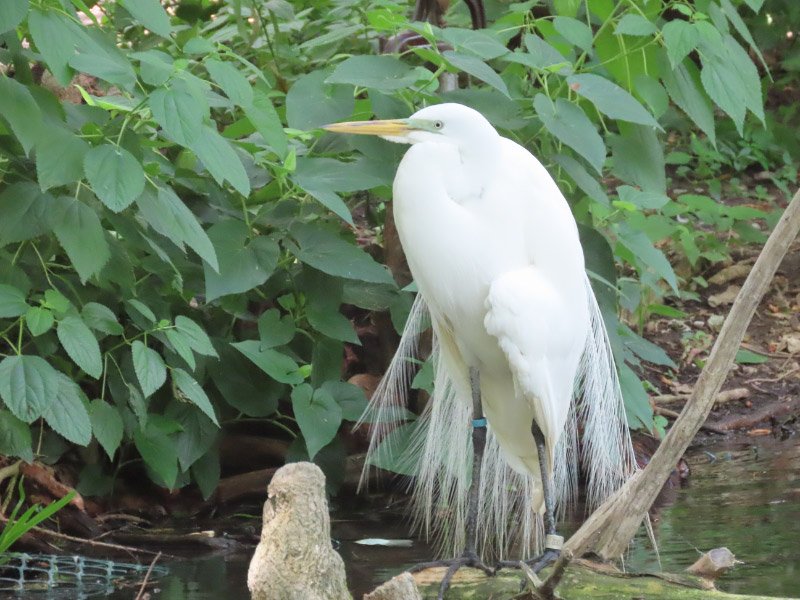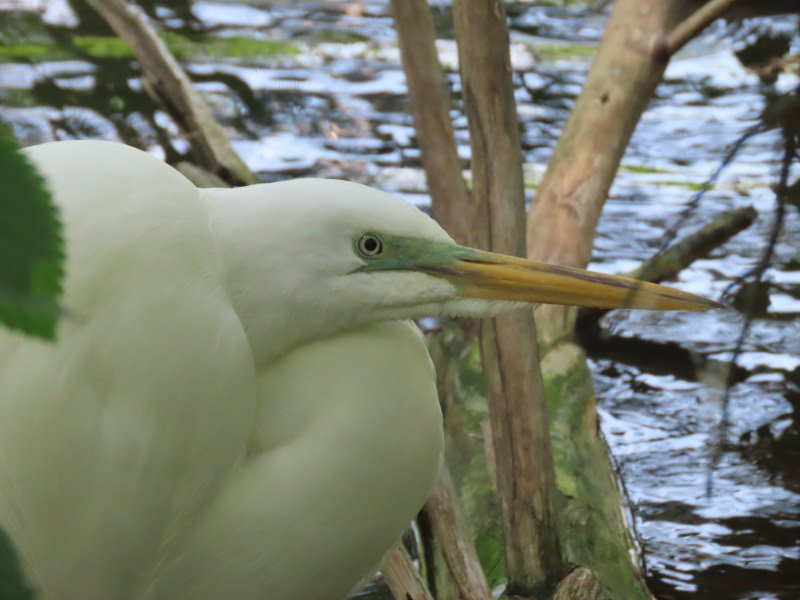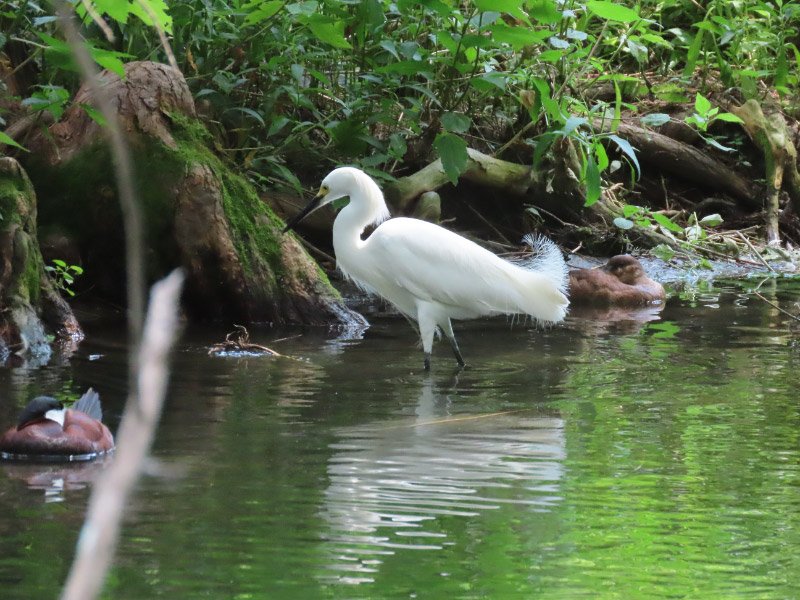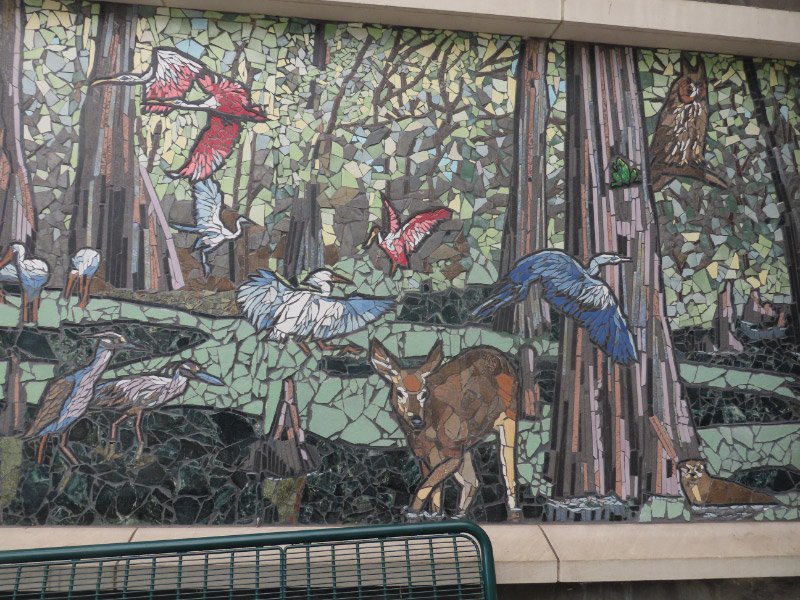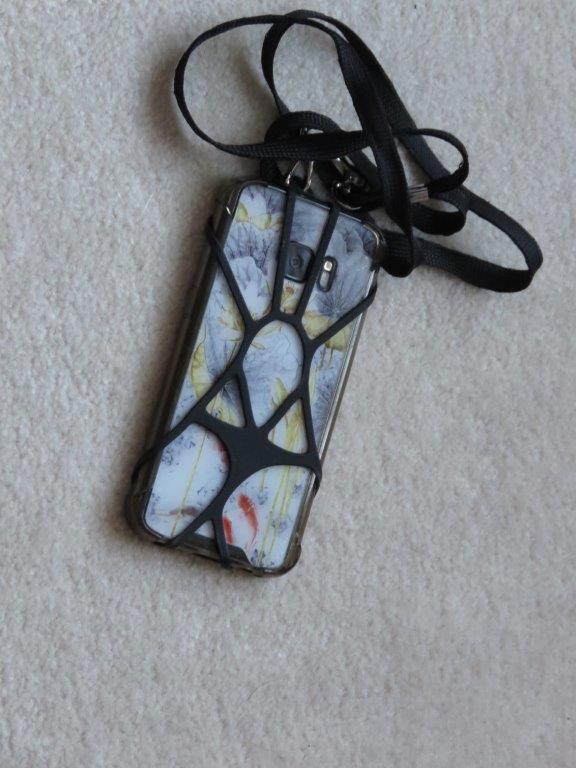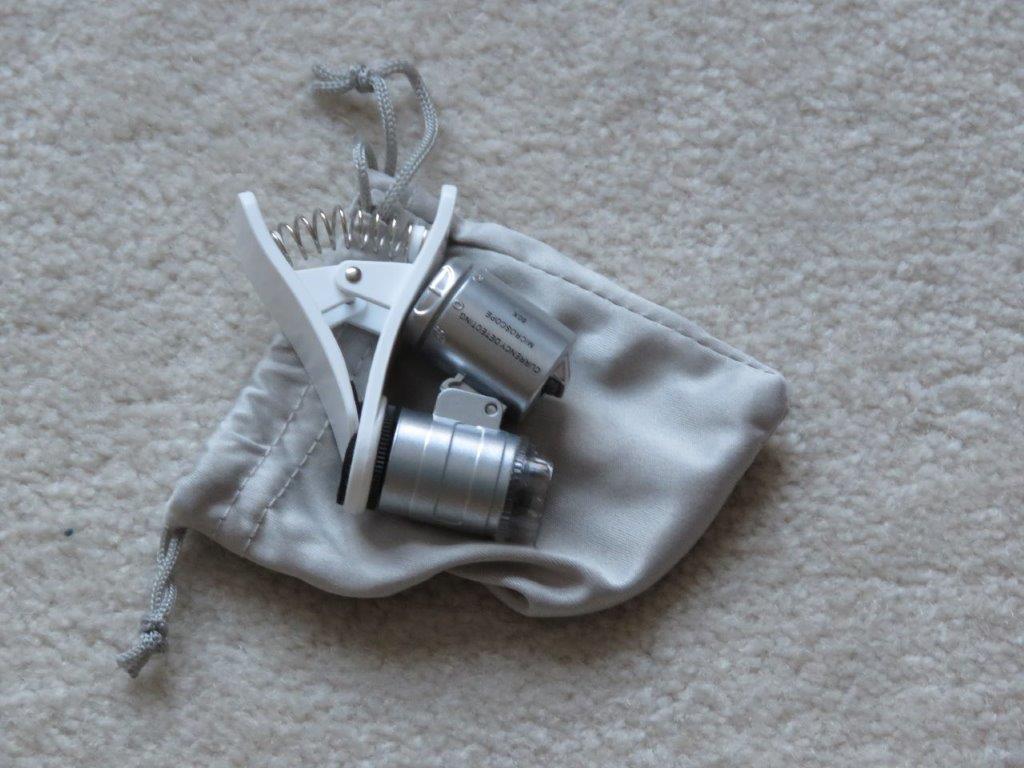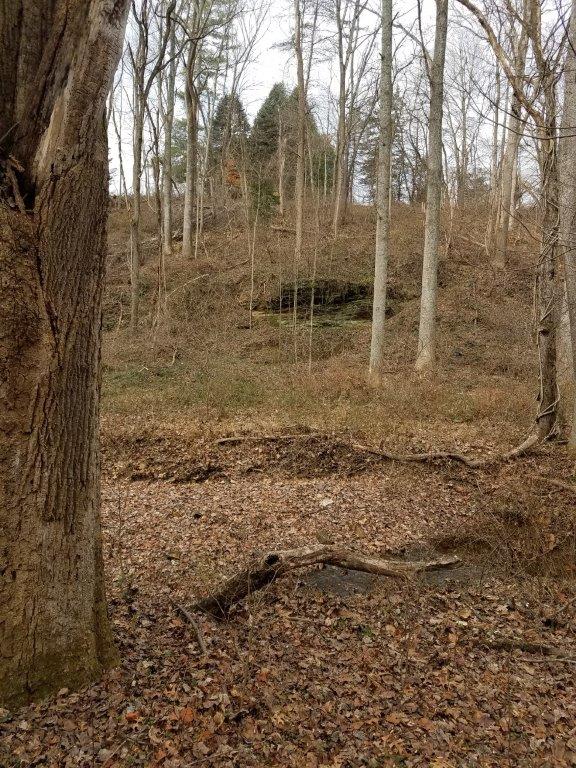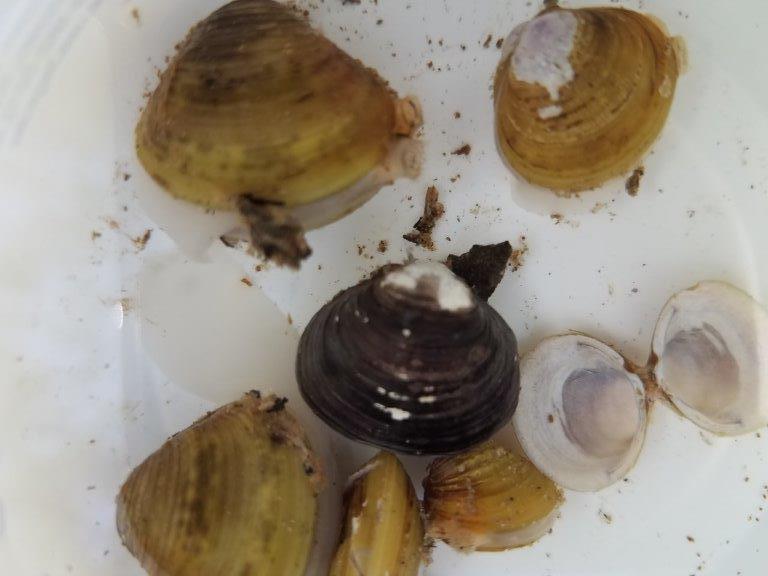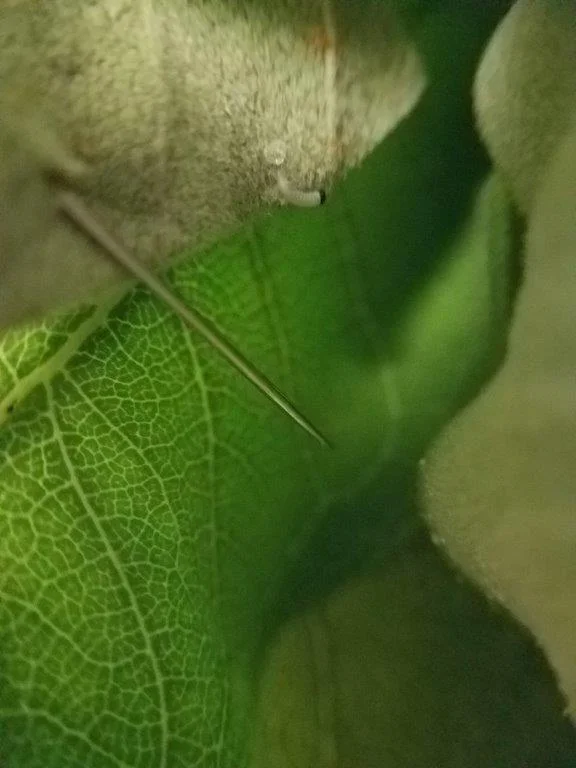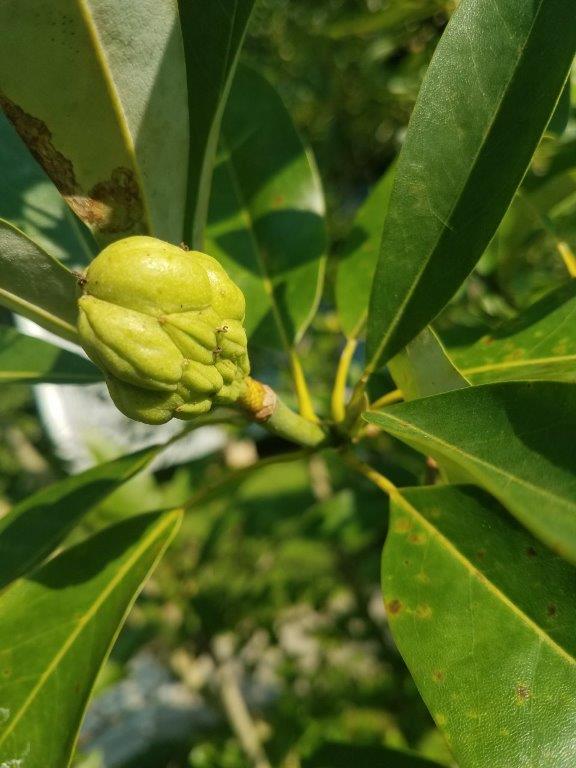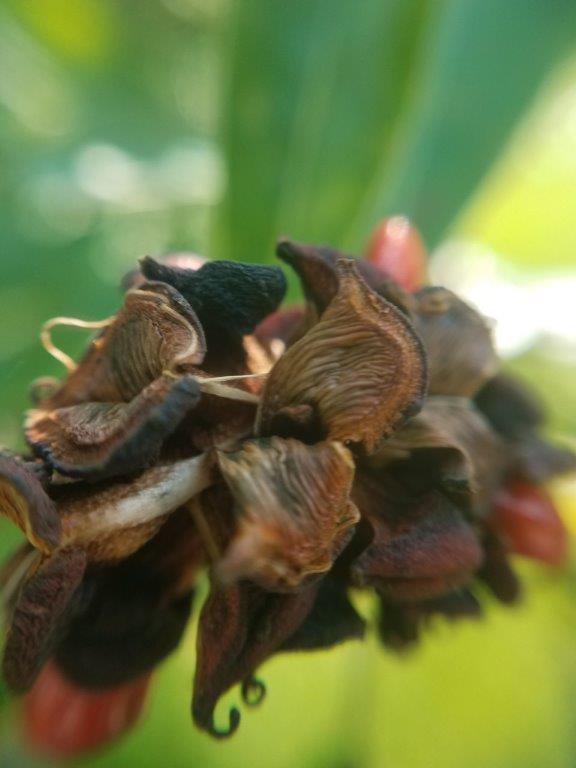Sequoyah State Park (1)
/Sequoya State Park (near Wagoner, Oklahoma) is about 3 hours from where we live. We opted for an overnight trip last week – staying at one of the duplex cabins in the park. It was a reconnoiter type of trip: how many birds would we see (and the vantage points to see them) and were the onsite cabins/amenities OK (and should we look at other state park destinations in the future). Our arrival was well before check-in time, so we walked down to Inspiration Point. I spotted a damselfly on the walkway almost immediately.
The big event of that walk was a kettle of American White pelicans over the lake. They were far enough away that the images were not very good – but it was fun to watch them swirl – noting how the light made them almost impossible to see for a few seconds; then they would turn and were easily seen.
The fall foliage was just beginning.
There was a rock ‘table’ with stones situated for seats under two trees!
We visited the nature center then drove to a parking area to hike the Fossil Trail that hugged the eastern side of the peninsula. We were rewarded by views of pelicans and cormorants (probably double crested) – still too distant for good images but I liked the color the light gave the water.
There was the usual shelf fungus, insects (katydid…and something that bit me), lichen, plants going to seed…all under a forest canopy with a little fall color.
We were out again at sunset near our cabin – overlooking the western side of the peninsula and the lake beyond. The sky was perfectly clear so there were no interesting reflections off clouds; I included silhouettes of trees instead! There were gulls coming to roost on the water as the sun went down.
Tomorrow the post will include sunrise at Sequoyah!





